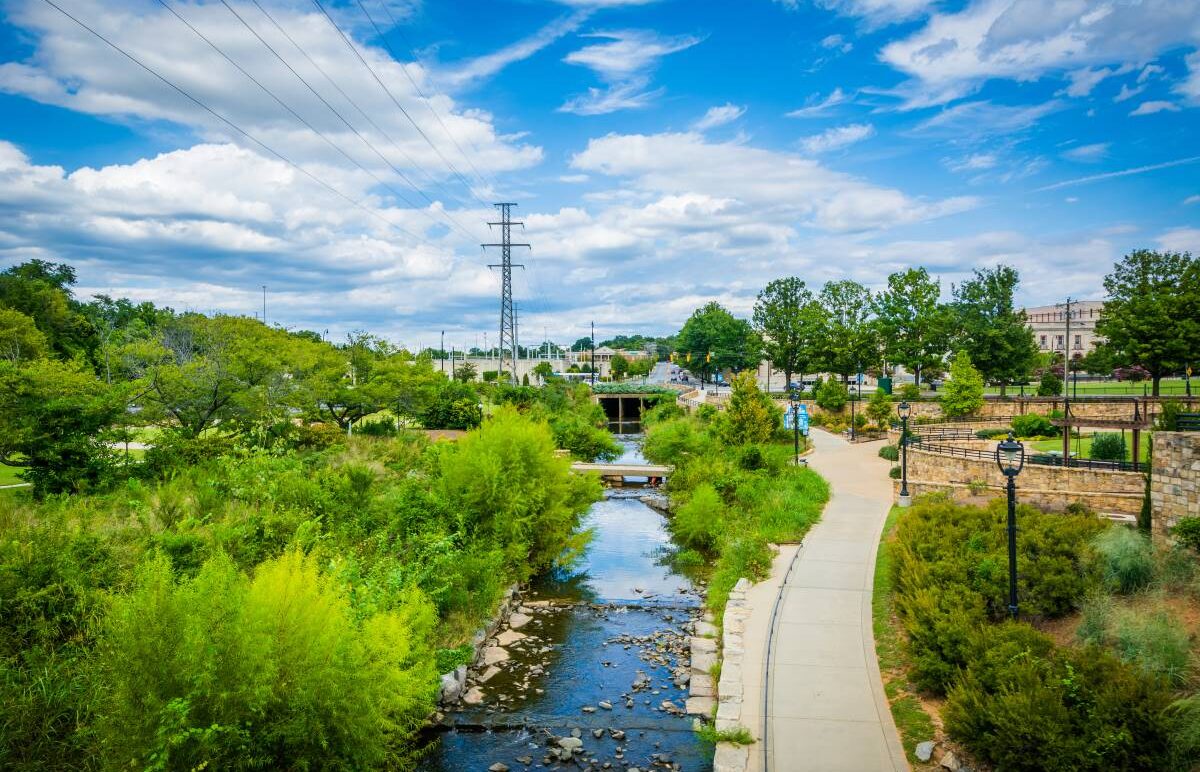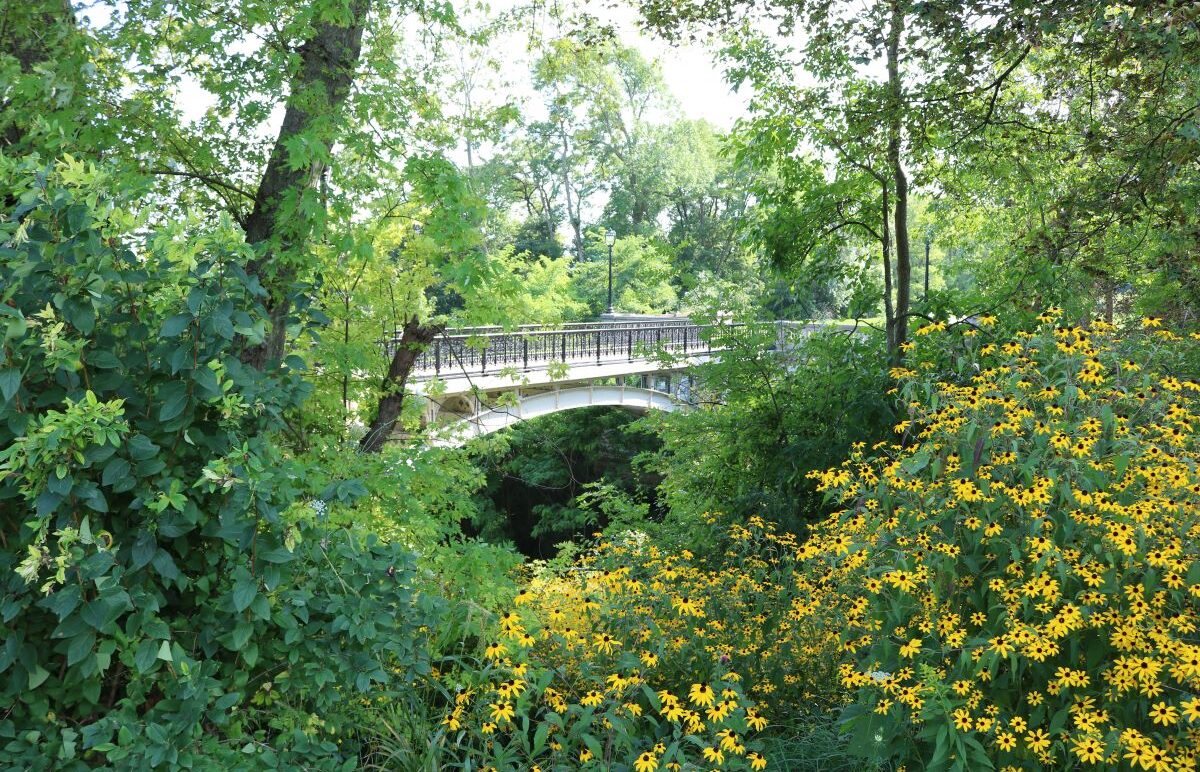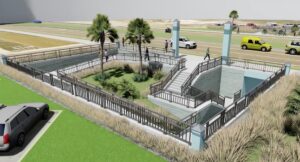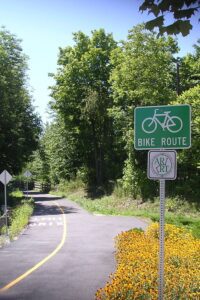A Greener Way to Travel
Greenways are among the most scenic types of transportation infrastructure features, passing through natural spaces as they connect neighborhoods, parks, commercial corridors, and other community amenities. Popular with commuters and runners, cyclists, and pedestrians alike, greenways bring together people from all socioeconomic backgrounds, providing access to scenic beauty as well as transportation and recreation benefits.

Defining Greenways
While there is no single set of criteria for defining a greenway, greenways are typically designed with pedestrians and cyclists in mind and are generally located in undisturbed or reclaimed natural settings. They are found in urban, suburban, and rural settings and may also connect communities across these environments. They are forms of transportation infrastructure, but they also serve as parks, open spaces, and natural habitats, where people can enjoy scenic beauty while exercising or traveling from place to place.
Greenways enhance community values and increase the economic value of the neighboring property. They attract new business development, sparking higher tax revenues and job creation.

Examples of Greenway Programs
Historic scenic park systems and greenways such as those in Buffalo (Martin Luther King, Jr. Park), Milwaukee (Lake Park), and Louisville (26-mile Olmsted Park System) consist of entire systems of parks and interconnecting parkways that link neighborhoods to green spaces.
Contemporary examples of such large-scale scenic greenways include the 175-mile Long Island Greenway, the 33-mile Atlanta Beltline, the High Line in New York City, Cherry Creek in Denver, and the Katy Trail in Dallas. At the state level, Tennessee’s Greenways and Trails program offers a compelling model, while the Great Rivers Greenway in St. Louis offers a key example for promoting greenways to other city governments.

Creating or improving greenways also offers opportunities to upgrade the built environment of a community through substantial infrastructure investments. Greenways-related projects can take many forms, and one key example is provided by the $5.6-million Inlet Beach Underpass in Walton County, Florida. The project was led by Scenic America’s Scenic Walton chapter, with support from Walton County commissioners, the Florida Department of Transportation, and the Walton County Tourist Development Council. Features of the multimodal project include a new right turn lane, enhanced pedestrian crosswalks and sidewalks, lighted access points, and new landscaping in the surrounding area. It was also located along the route for the 30A National Scenic Byway, so scenic values had to shape the entire decision-making process. In addition to creating a more aesthetically pleasing intersection, the underpass also makes the navigation of this high-traffic area safer for cyclists and pedestrians. Projects like this can serve models for greenway developments that promote many aspects of beautification and scenic conservation.
Resources
Disused and refurbished railway corridors frequently serve as greenways, and private organizations such as the Rails-to-Trails Conservancy actively support the creation of these assets.

The East Coast Greenway Alliance not only supports the extensive East Coast Greenway, which links 450 communities across 15 states, it also offers a comprehensive design guide for creating new greenways.
The National Recreation Trail program, cosponsored by the National Park Service, U.S. Forest Service, and American Trails, designates federally recognized trails with the intention, among others, of providing recreation access to rural and urban communities. Trails on federal, state, or local land are eligible for this program.
Another example, the Rivers, Trails, and Conservation Assistance Program, provides technical assistance and NPS’s guidance in identifying funding strategies for a variety of projects including greenways. This program helped create the Naugatuck River Greenway in Connecticut, which was eligible for funding from Surface Transportation Block Grants, the FHWA’s Transportation Alternatives Program, and other federal, as well as state, sources.
The FHWA’s version of the Recreational Trails Program provides funds to states to develop and maintain recreational trails and trail-related facilities for both nonmotorized and motorized recreational trail uses. This program has included greenway-style trails throughout the U.S., such as the Potomac Heritage National Scenic Trail in Maryland.
Find Greener Ways to Explore
Learn about scenic byways, beautiful roads, and other ways to see America's beauty when you sign up for news and updates.
Sign Up